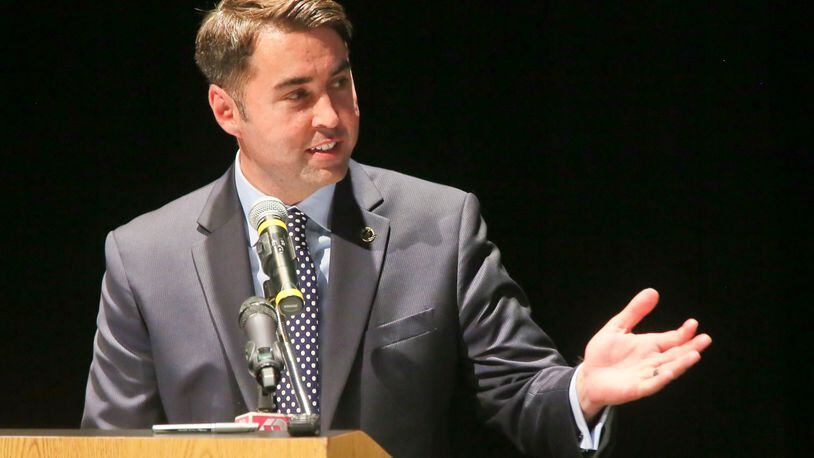Tom Carroll, administrator of the village of Silverton in Hamilton County and president of the Ohio City Manager’s Association, said comparing pay among city managers is tricky.
“The services can vary so widely. Some cities run a port or marina in Cuyahoga and Lake counties, to a city like Hamilton that has its own electric utility,” he said.
“You can always look at one part of an equation, like how much someone makes or how much a utility charges, or how much a tax rate is. Those are important data points but they are often only a portion of the composite picture of the story.”
Of the 21 area cities included in the I-Team’s analysis, 11 paid their city manager more than the median average for cities of roughly the same population.
The I-Team also looked at four area counties and three townships, all of which paid their administrators less than the national median for like-sized municipalities or counties.
Middletown City Manager Douglas Adkins’ $142,592 pay, by contrast, was below the $154,500 median average for a city with between 25,000 and 49,999 people.
The highest-paid city manager among the governments surveyed in Butler, Warren, Montgomery and Greene counties is Smith. Hamilton does have its own water and electric utilities with a budget in the hundreds of millions of dollars.
Hamilton Mayor Pat Moeller credits Smith for helping create jobs in the city and rebuild its downtown core.
“So many things are going so well right now for the city,” he said. “And it’s a difficult time for a lot of cities, especially older cities with older infrastructure.”
When adjusted based on population, Moraine City Manager David Hicks’ pay rises to the top. He was paid $148,079 last year to run Moraine, which has only 6,307 residents according to the 2010 census. That comes out to about $23.47 per resident.
The national median city manager pay for a city that size is $108,000.
In an interview last week, Hicks said while only 6,000 people sleep in Moraine, they are a “host employer community” to tens of thousands more people.
“We have other obligations besides the 6,000 people that live there,” he said.
This includes maintaining infrastructure for heavy industry, several closed landfills, industrial reuse and other issues that require working with federal, state and business interests.
“If we were 6,000 people out in the country somewhere, we wouldn’t have any of those conversations,” he said.
The second-highest per capita salary in the area belonged to Oakwood City Manager Norbert Klopsch, whose $160,342 pay in a city of 9,202 comes out to $17.42 per person.
Oakwood Mayor William Duncan said Klopsch is one of the area’s longer-serving city managers and recently assumed all the duties of the public works director when they eliminated that position.
“If you take into effect he’s doing two jobs and managing the city’s finances very successfully, I think he’s worth the comp,” said Duncan.
The ICMA survey was based on answers from 1,034 governments across the country. The median for respondents from Ohio was far below the national average for every size city government.
The I-Team’s analysis only looked at gross compensation, not other contractual perks and benefits, such as a car or cell phone or the ability to cash out unused sick and vacation leave.
An I-Team investigation this year found the ability to cash out unused sick and vacation leave is a rare perk in the private sector, though local governments are on the hook for tens of millions of dollars worth of these payments.
The ICMA survey found more than three-quarters of governmental leaders received a car or car allowance and 10 percent received a health club membership. Nearly 90 percent received some sort of leave payout at separation.
Carroll said most city managers in Ohio make all of the day-to-day executive decisions in local government with direction from their elected officials.
His organization has not looked into why some government leaders are paid more than others, but he ventured that competition plays a role.
“We operate in a competitive labor market, so cities, townships and counties compete to try to attract the best mangers to their communities that they can afford,” he said.
About the Author
